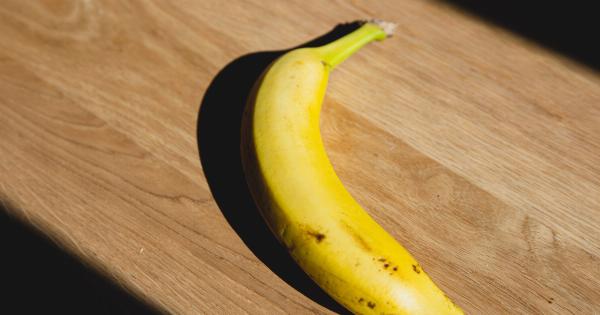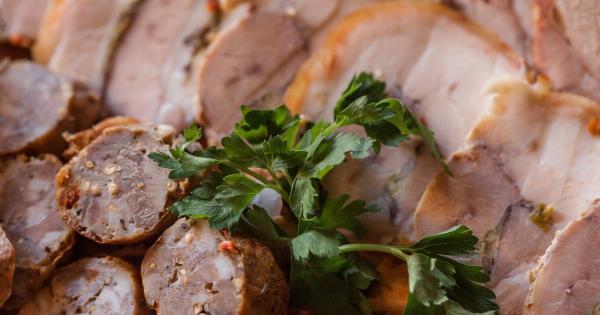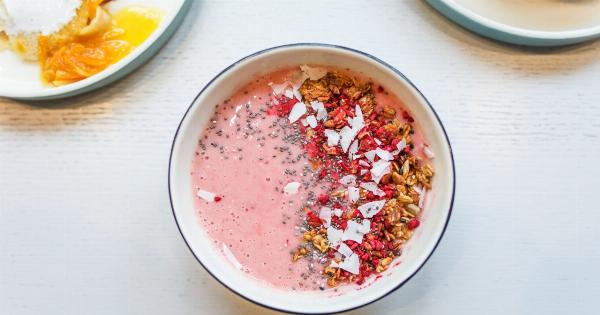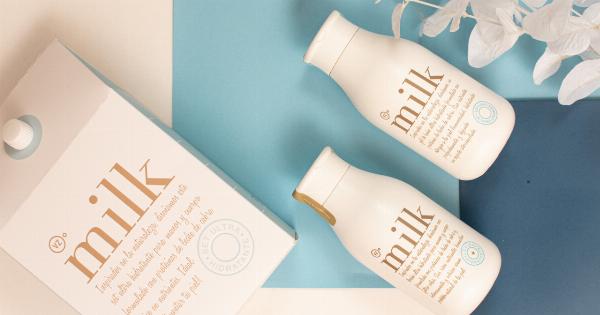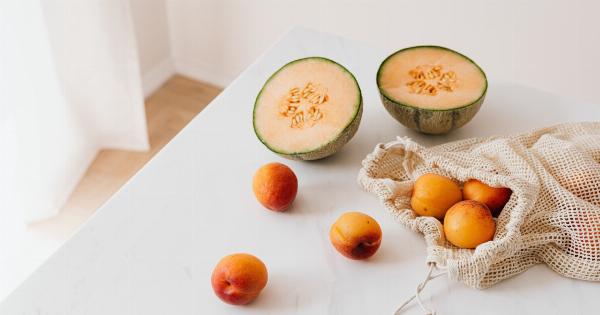Incorporating superfoods into your diet can provide numerous health benefits, including boosting energy levels, improving digestion, and protecting against various diseases.
However, some superfoods can also be high in calories, which may not be ideal for those aiming to lose weight or maintain a healthy weight. Fortunately, there are also many superfoods that are low in calories and can still provide plenty of nutritional value. Here are ten low-calorie superfoods you can incorporate into your diet:.
1. Spinach
Spinach is a leafy green vegetable that is rich in nutrients, including vitamins A, C, and K, as well as folate and iron. It is also very low in calories, with only around 7 calories per cup of raw spinach.
Spinach can be a great addition to salads, smoothies, and omelets, or it can be sautéed with garlic and olive oil for a simple and flavorful side dish.
2. Blueberries
Blueberries are a sweet and tangy fruit that are packed with antioxidants, which can help protect against inflammation and oxidative stress. They are also low in calories, with approximately 84 calories per cup.
Blueberries can be enjoyed on their own as a snack, or they can be added to smoothies or oatmeal for a boost of flavor and nutrition.
3. Broccoli
Broccoli is a cruciferous vegetable that is loaded with nutrients, including vitamin C, vitamin K, and fiber. It is also low in calories, with just 31 calories per cup of chopped broccoli.
Broccoli can be steamed, roasted, or stir-fried for a delicious and healthy side dish, or it can be added to soups and stews for added nutrition.
4. Quinoa
Quinoa is a gluten-free grain that is high in protein and fiber. It is also rich in nutrients such as magnesium, potassium, and iron.
One cup of cooked quinoa contains approximately 222 calories, making it a great low-calorie alternative to rice and other grains. Quinoa can be used as a base for salads, made into veggie burgers, or served as a side dish.
5. Greek Yogurt
Greek yogurt is a creamy and tangy dairy product that is high in protein and low in calories. One cup of nonfat Greek yogurt contains just 130 calories and provides approximately 23 grams of protein.
Greek yogurt can be used as a base for dips, dressings, and smoothies, or it can be enjoyed on its own with fresh fruit and honey.
6. Chia Seeds
Chia seeds are tiny black seeds that are rich in fiber, omega-3 fatty acids, and various minerals. They are also very low in calories, with just 137 calories per ounce.
Chia seeds can be added to smoothies, yogurt, and oatmeal for a crunchy and nutritious boost, or they can be used as an egg replacement in baking recipes.
7. Cauliflower
Cauliflower is another cruciferous vegetable that is rich in nutrients such as vitamin C, vitamin K, and folate. It is also low in calories, with just 25 calories per cup of chopped cauliflower.
Cauliflower can be roasted, mashed, or used as a low-carb alternative to rice or mashed potatoes.
8. Almonds
Almonds are a type of tree nut that are high in healthy fats, protein, and fiber. They are also low in calories, with just 161 calories per ounce (approximately 23 almonds).
Almonds can be enjoyed as a snack, added to salads, or blended into a creamy almond butter for a delicious spread.
9. Sweet Potatoes
Sweet potatoes are a root vegetable that are loaded with nutrients, including vitamins A and C, potassium, and fiber. One cup of mashed sweet potatoes contains approximately 180 calories.
Sweet potatoes can be roasted, mashed, or sliced and baked for a healthy and delicious side dish.
10. Salmon
Salmon is a type of fatty fish that is high in protein, omega-3 fatty acids, and various vitamins and minerals. One 3-ounce serving of cooked salmon contains approximately 155 calories.
Salmon can be grilled, baked, or poached for a healthy and flavorful main dish.
Conclusion
Incorporating low-calorie superfoods into your diet can provide numerous health benefits without adding excess calories.
Spinach, blueberries, broccoli, quinoa, Greek yogurt, chia seeds, cauliflower, almonds, sweet potatoes, and salmon are all great options to consider. Experiment with different recipes and meal ideas to find ways to incorporate these superfoods into your diet and enjoy their many nutritional benefits.

